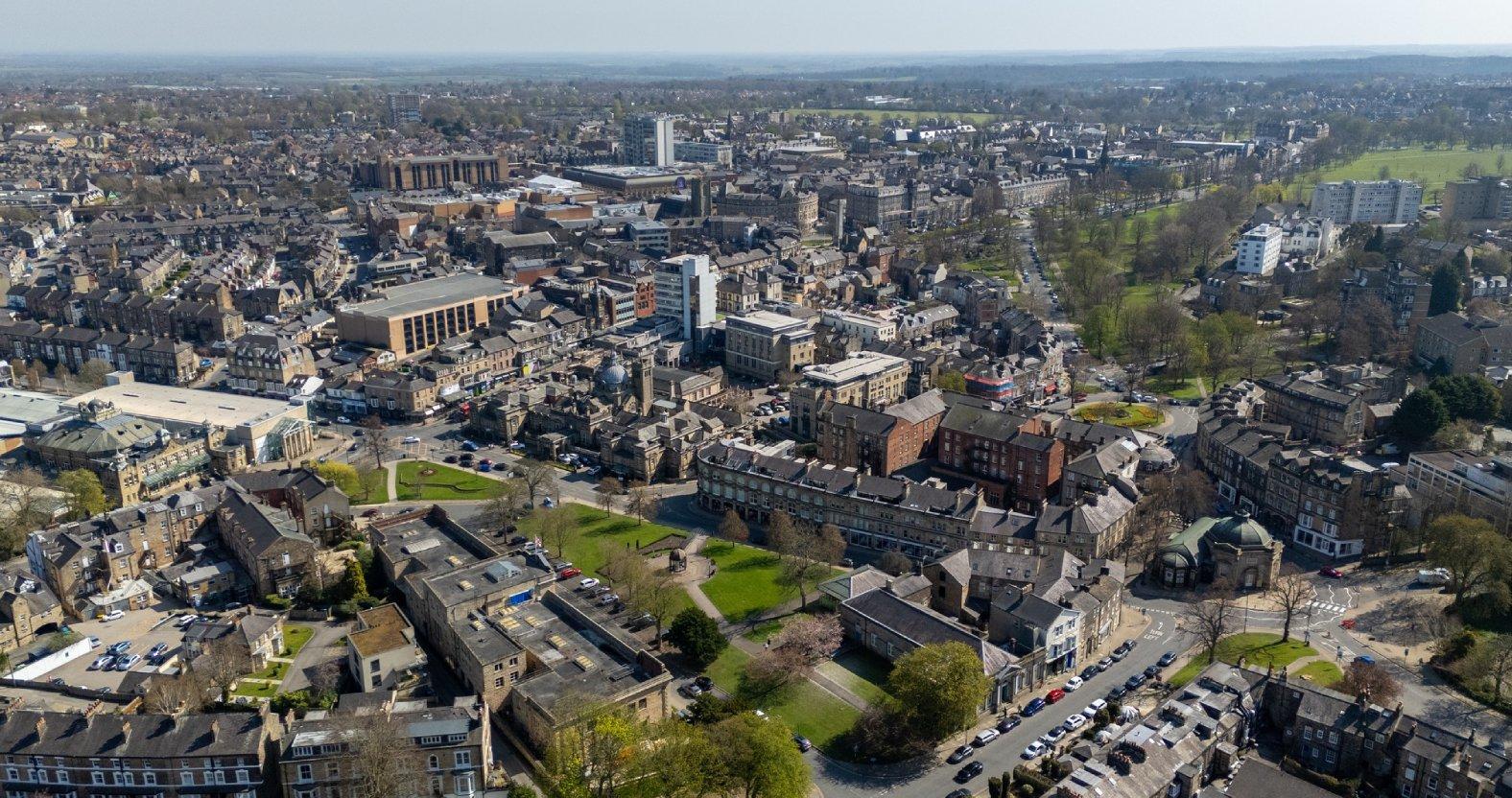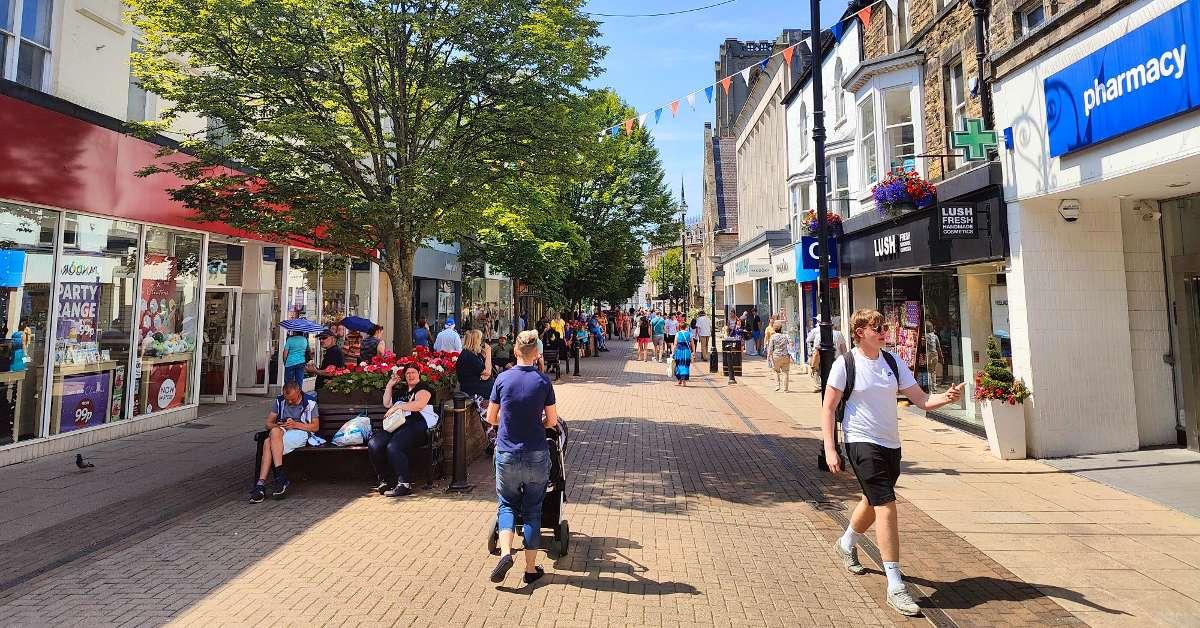Subscribe to trusted local news
In a time of both misinformation and too much information, quality journalism is more crucial than ever. By subscribing, you can help us get the story right.
- Subscription costs less than £1 a week with an annual plan.
Already a subscriber? Log in here.
31
Aug 2025
Harrogate should embrace its uniqueness, says new paper on town's development

Harrogate should avoid “one-size-fits-all" approaches to its development and embrace the things that make it different, according to a new discussion paper on the future of the town.
The nine-page document, A Vision for Harrogate – being best, being different, calls for action on traffic congestion, a loss of civic pride, a decline in trading conditions, and the town’s “scruffy” image, among other things.
It is the third in a series of ‘visions’ for the town devised by retired architect Barry Adams, with support from business group Independent Harrogate.

The local economy affects everyone.
All three papers are intended to generate debate ahead of North Yorkshire Council’s adoption of a new local plan, and this latest one was put together with William Woods of Woods of Harrogate and Martin Mann, who is chair of the Harrogate District Chamber of Commerce but was acting on his own behalf.
In their introduction to the paper, they write:
Change is not unwelcome here. Harrogate has always embraced progress, and its legacy reflects that. However, future development must be thoughtful, strategic, and true to what makes the town special.
We should avoid generic, one-size-fits-all approaches. Harrogate’s strength lies in being different – and being the best.

The document details 10 strengths of the town, nine areas of concern, and 29 opportunities. These include upgrading rail connectivity, introducing a park-and-ride scheme, improving cleaning and maintenance of town-centre streets, creating a ‘living wall’ along the back of the bus station, and reviving the East Parade cycle route proposal.
More generally, it recommends listening to the business community and developing long-term, joined-up proposals to tackle the town centre’s problems.

Bus at Harrogate station.
Mr Adams told the Stray Ferret:
We’re hoping to get Independent Harrogate, Harrogate BID and Harrogate Chamber to discuss the vision at some point, so that we can devise a plan of action and move forward together. It’s a document for discussion, and we’re just trying to get everyone on board.
I don’t think North Yorkshire Council understands Harrogate and how it works at all. They’re so disparate – you can’t have people in, say, Helmsley saying what should happen in Harrogate. We’ve always said that businesspeople are the best people to talk to about how these things should be run – so ask them!
We’re different from York and we’re different from Leeds, and we don’t want to copy either, or other places. Harrogate is known for its quality and its independent shops, and those are what we’re trying to protect and promote.
One recurring theme in the document and its forerunner ‘visions’ is parking and congestion.
William Woods, of Woods of Harrogate, told us:
Retail is having a hell of a tough time, and so is hospitality, and one major concern is access to the town.
Congestion is a really serious problem, and with all the new building that’s planned, it’s only going to get worse.
School traffic is a nightmare, so perhaps the top end of the Great Yorkshire Showground could be used as a drop-off area for the local schools – St John Fisher and St Aidan’s.
More than 60% of our customers come by car, and they want to have easy access to the town centre. We need to have parking at a very competitive rate so that we can compete with the out-of-town retail parks.
It would also be good to accommodate people who work in the town, so we could perhaps have a park-and-ride, or cheaper parking for workers.
Those are just a few ideas, but there are lots of others that could be looked at, and that’s the point: are we really exploring this? What are the alternatives? What are the plans?

Congestion is a common problem.
One figure who is broadly supportive of Independent Harrogate and its aims is Cllr Paul Haslam, the independent representing the Bilton and Nidd Gorge division on North Yorkshire Council.
He told us:
We’ve got to do something, or people will soon lose faith in the process if nothing happens. That’s where the town council comes in – it can convene people to ensure we actually start to build something.
I have great hopes for this. It’s early days, but the timing is great. We need a vision, and I commend Barry Adams on the speed he’s put this together.
2